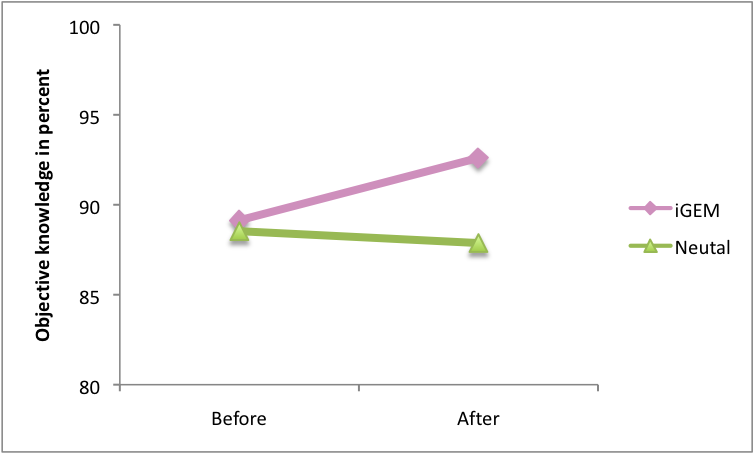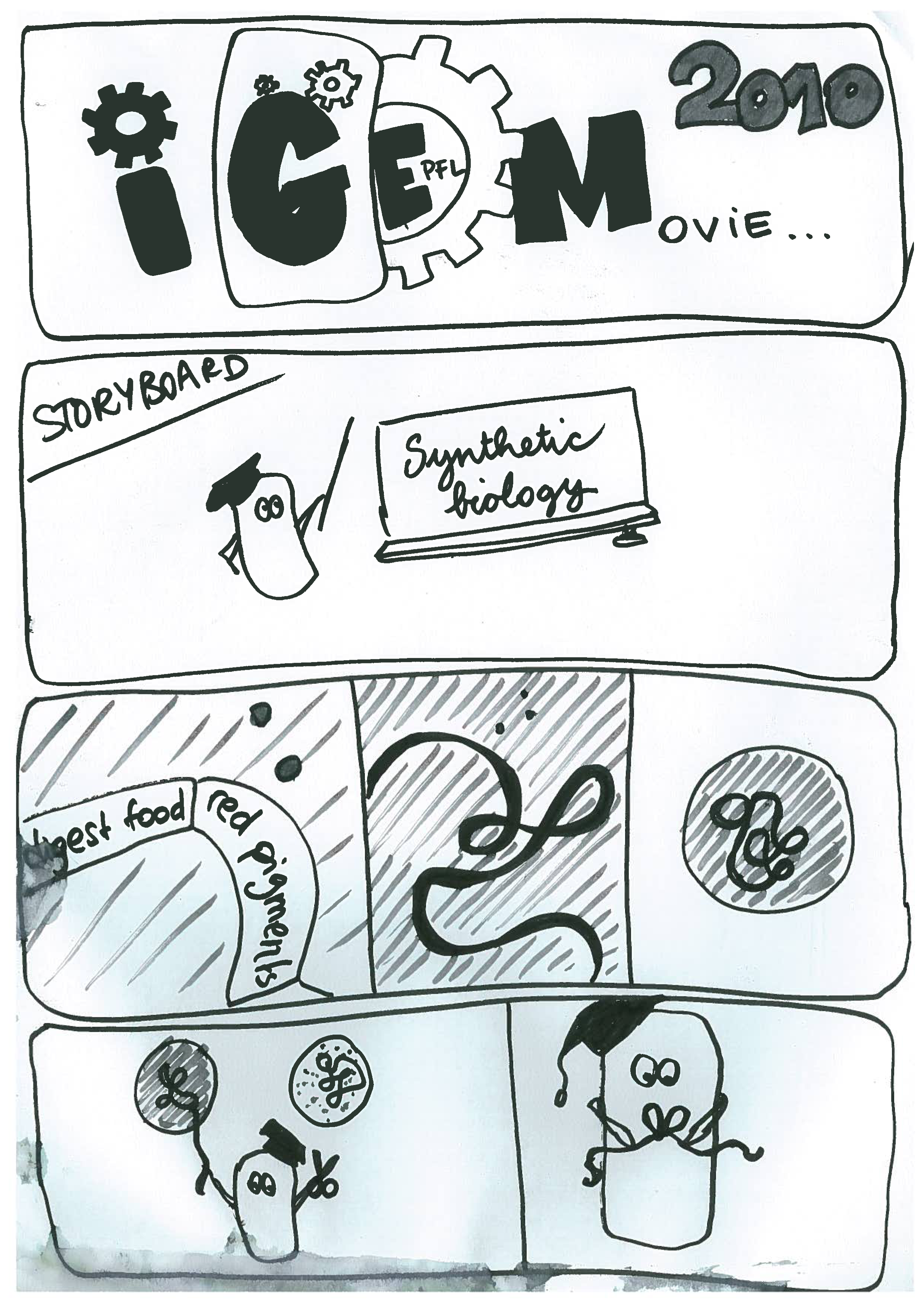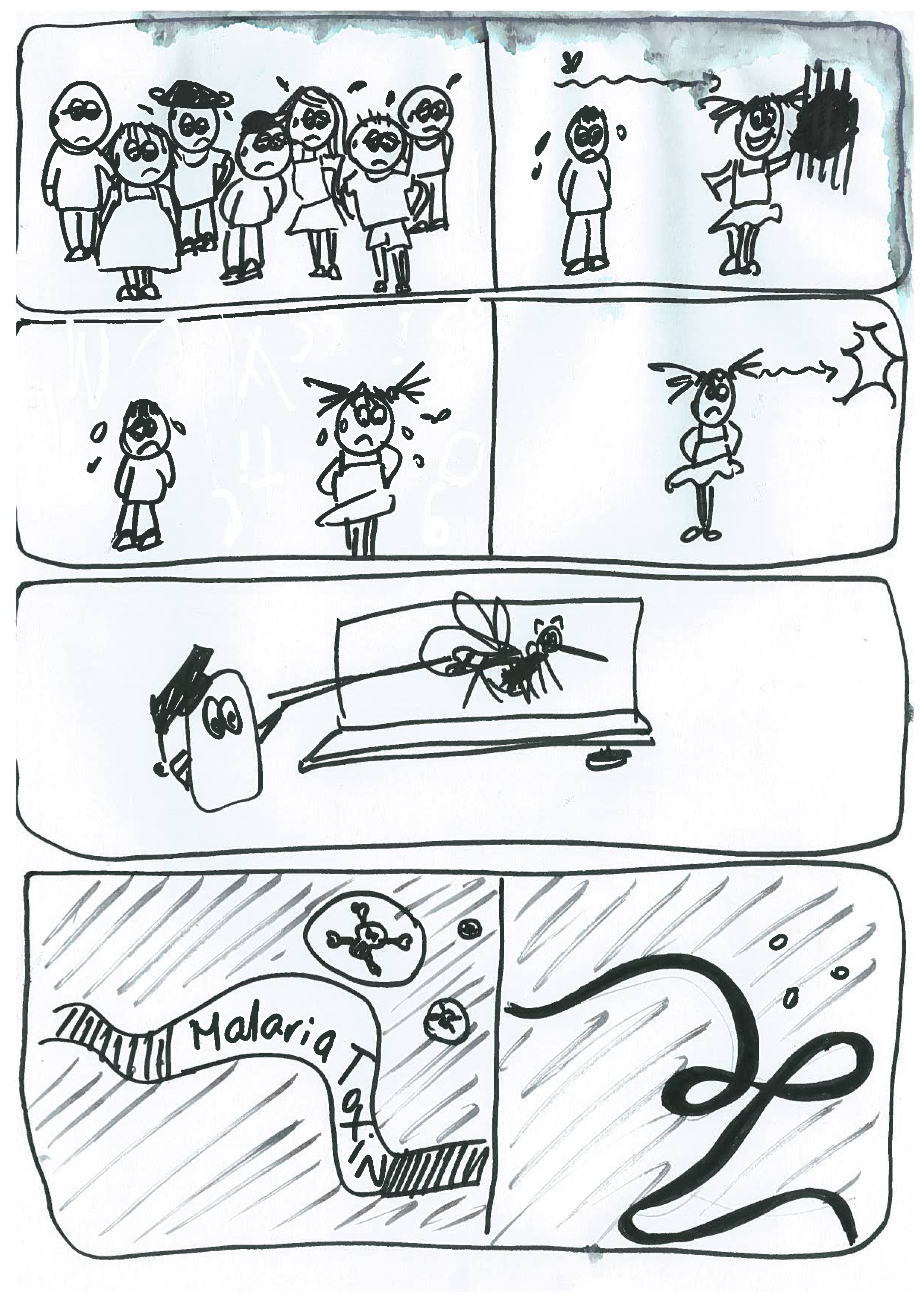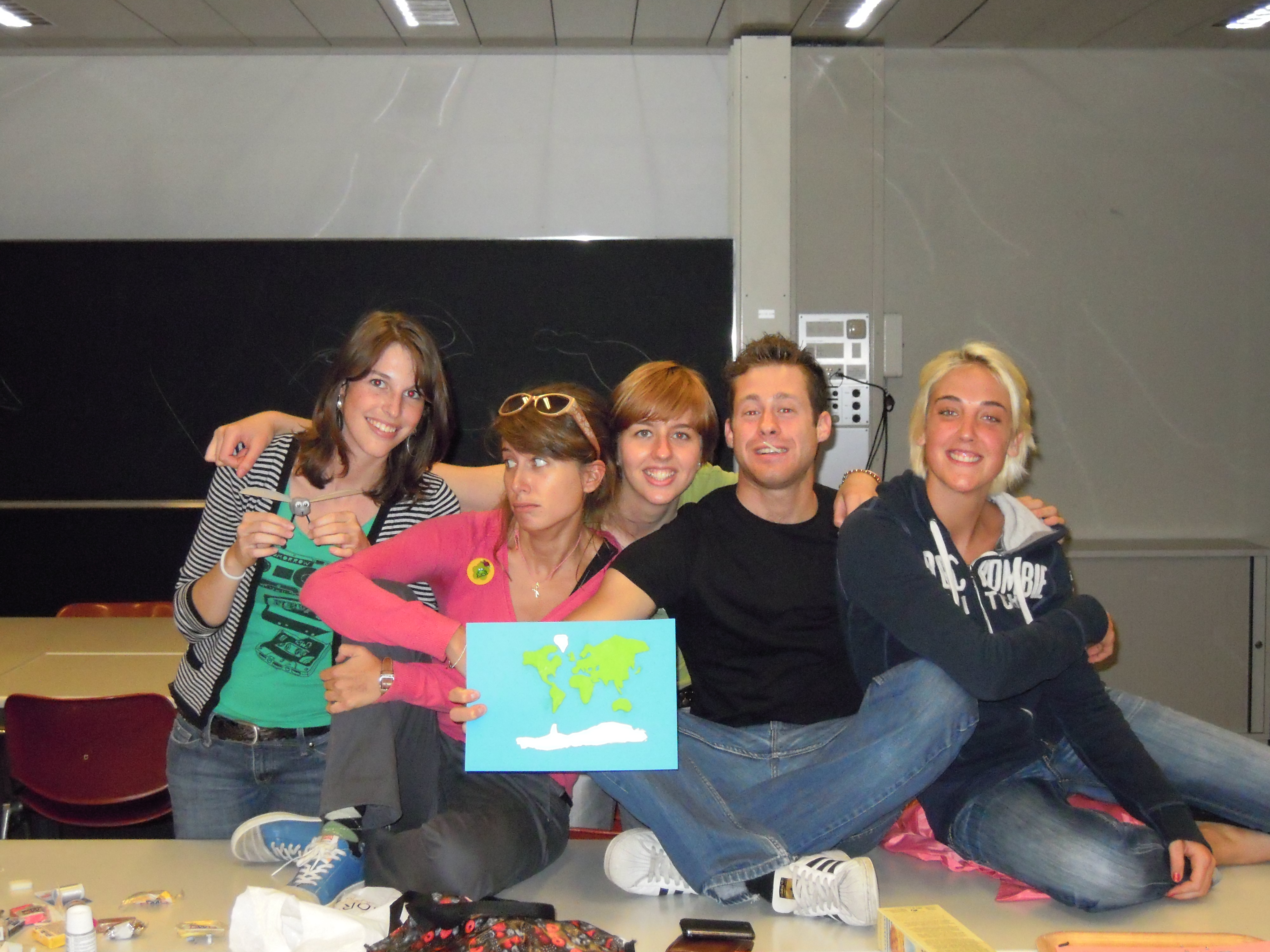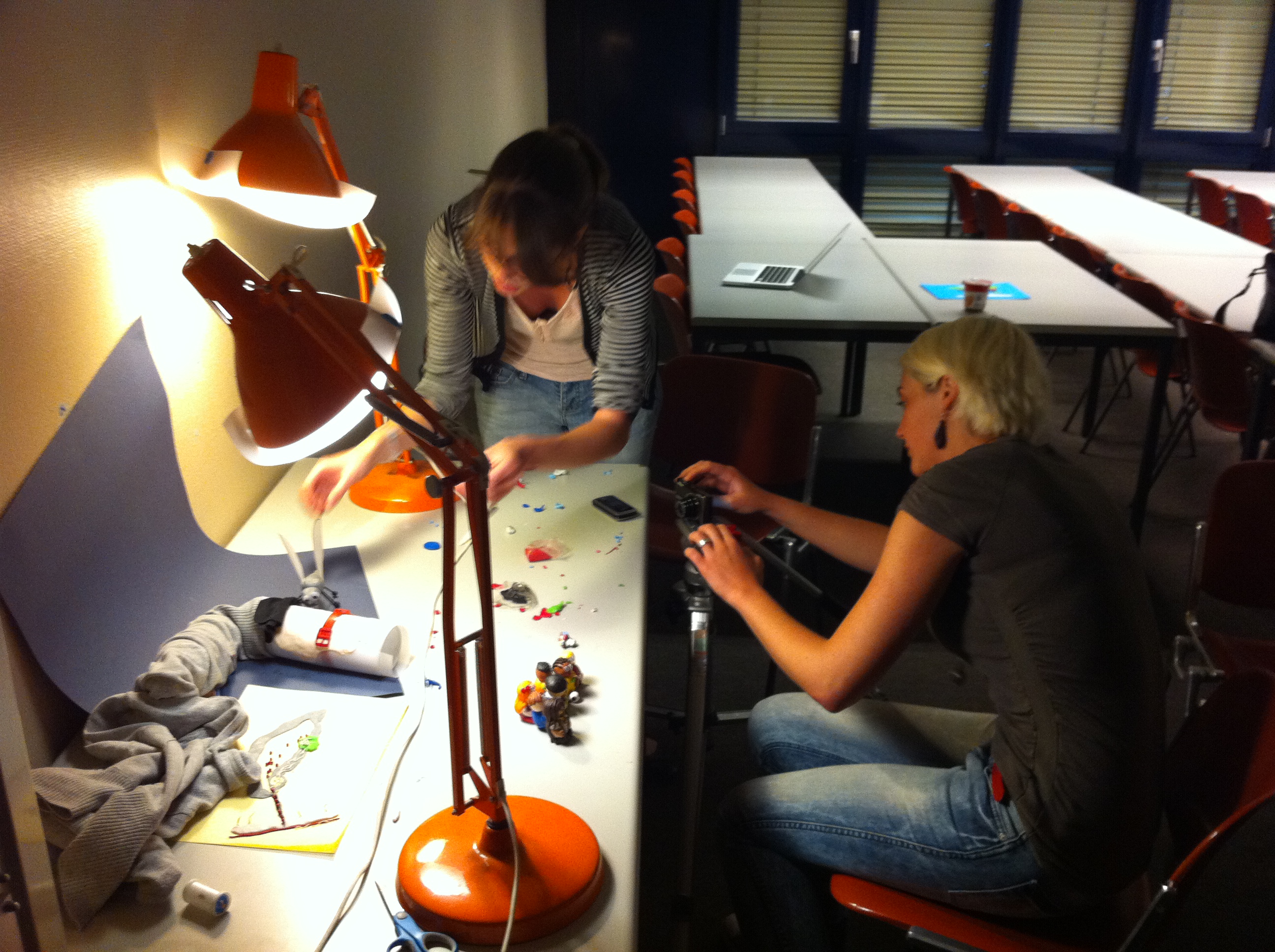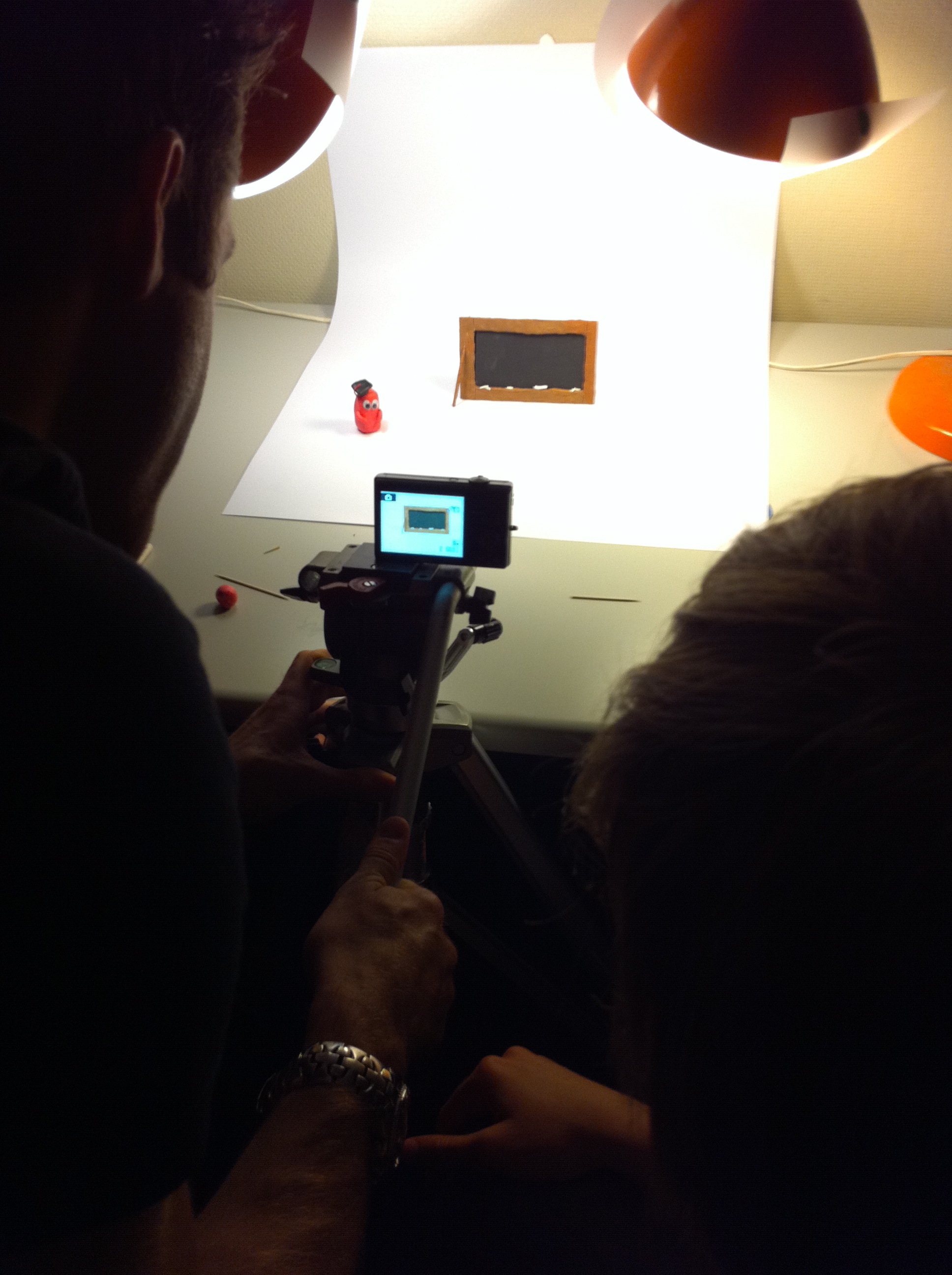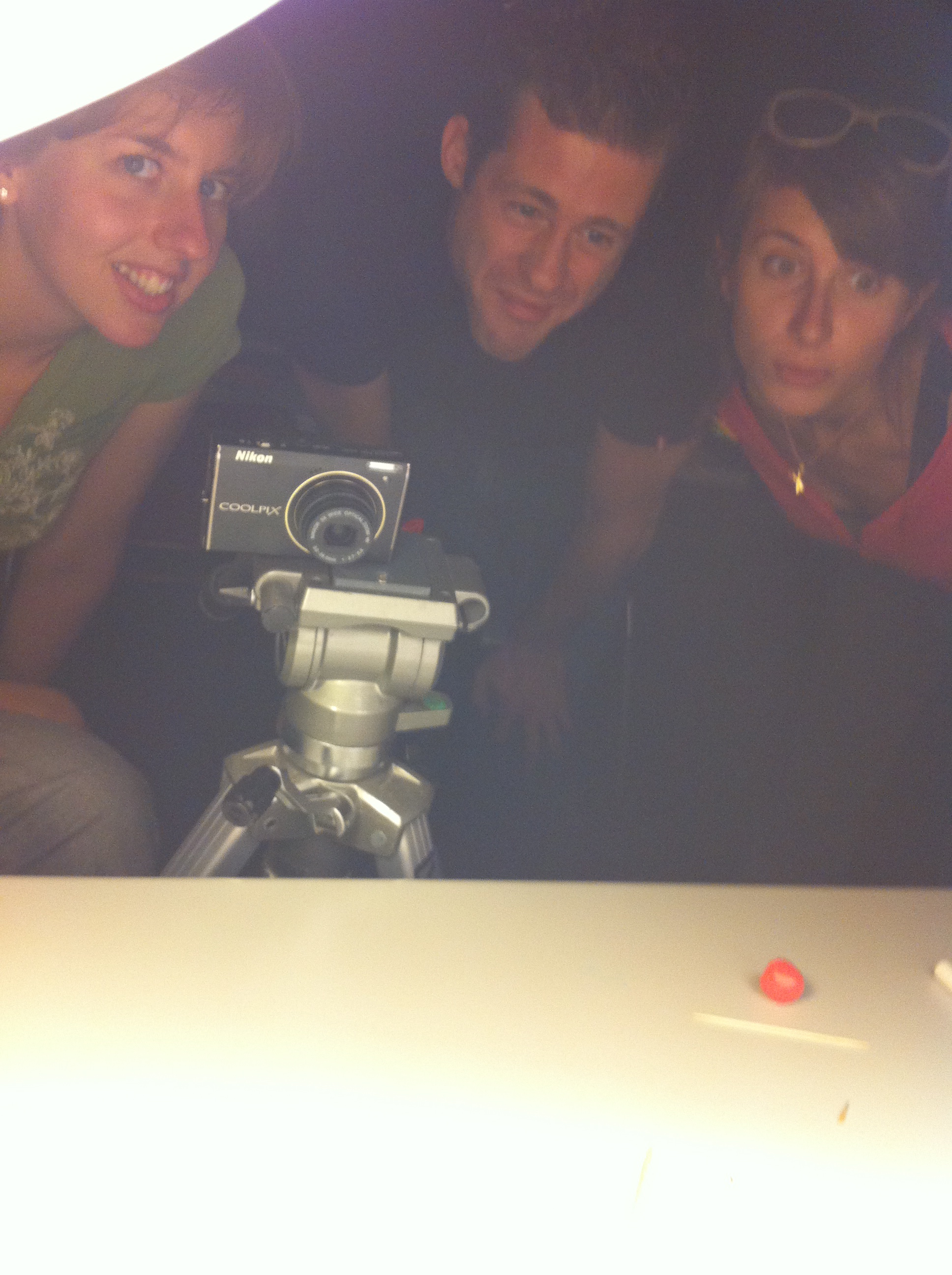Team:EPF Lausanne/Humanpractices Movie
From 2010.igem.org


Contents |
The Movie
Our Human Practices project is an animated movie. The goal of this project is to promote a better understanding of Synthetic Biology. Simplification and playfulness are intended to reach a wide audience. Take a look...
Results of the survey
To measure the impact of our movie, we created a [http://bit.ly/deCBp5 survey] with the help of a social psychologist (Vincent Pillaud, UNIL). We set up two different situations, one in which we have presented our film and one with a [http://www.youtube.com/watch?v=_nmRUwLV8ZI neutral film]. We assessed the attitude of people and their knowledge (subjective and objective) before and after watching the film, as well as their emotions (order counterbalanced) and their judgement of the movies. 190 students participated voluntarily in this study (M age = 21.6 years).
- Our movie increases the objective knowledge
We took into account two kinds of knowledge: the subjective knowledge and the objective knowledge. The subjective knowledge refers to a self-evaluation of knowledge whereas the objective knowledge refers to specific knowledge. The subjective knowledge was assessed through a scale ranging from 0 (no knowledge) to 100 (excellent knowledge). The objective knowledge is based on 12 questions about synthetic biology, 8 about general knowledge (for example “in Synthetic Biology, you insert genes to cells”) and 4 about knowledge in link with the film (for example “We can find populations of bacteria in the gut of mosquitoes”). In order to test the effect of our film of those two variables, we asked the same questions before and after the movie. A good answer counted for 1 point, an error for 0 point. The total was scaled to 100 (Figure 1). The results indicate a significant increase for the participants who saw our film whereas this wasn’t observed for the participants who saw the neutral film. Such a result indicates that our participants understood our movie and learned from it. Moreover we obtain the same effect when we analyse the questions related general knowledge and with the questions in link with our film separately. The subjective knowledge also increased after watching our movie but we observe this as well with the neutral movie (Figure 2).
- Our movie leads to a negative attitude change toward synthetic biology.
We assessed both their positive and negative attitudes about Synthetic Biology separately according to the method of [http://psycnet.apa.org/?fa=main.doiLanding&fuseaction=showUIDAbstract&uid=1972-27077-001 Kaplan, 1972]. This allowed us to evaluate the different aspects in the attitude of the subject one could consider: they can evaluate synthetic biology as promising as well as potentially dangerous or having harmful effects at the same time. The results indicate that the positive attitude tends to decrease after watching the movie (Figure 3). We observe a similar effect with a neutral film. However, our iGEM movie has no effect on the negative attitude (Figure 4).
in order to see
- Emotions tend to become slightly more negative
We were also interested in emotions that could be triggered by the movie. We asked the participants to indicate the extent to which they feel scared, nervous, afraid (negative emotions), interested, alert and enthusiastic (positive emotions) toward Synthetic Biology. These 6 items were taken from the [http://www.ncbi.nlm.nih.gov/pubmed/3397865 Watson & Tellegen, PANAS, 1988]. We observe a similar decrease in the positive emotion for both movies (Figure 5). We observed anyway a small but significant increase in negative emotions triggered by our movie (Figure 6).
- Discussion of the results
Theses results are quiet expected if we look at other studies in the literature about genetic manipulations, like cloning or genetically modified organisms. It confirms that even when people understand the subject, this is not necessarily accompanied by an increase in positive attitude regarding these subjects. Rather, more knowledge can make people more cautious and nervous, even if the population tends to support some very promising and needed applications of bioengineering.
Movie: The Story Board
That's how everything started.
Movie: The Making of
The "sounds" evening movie...
And also some pictures....

 "
"












